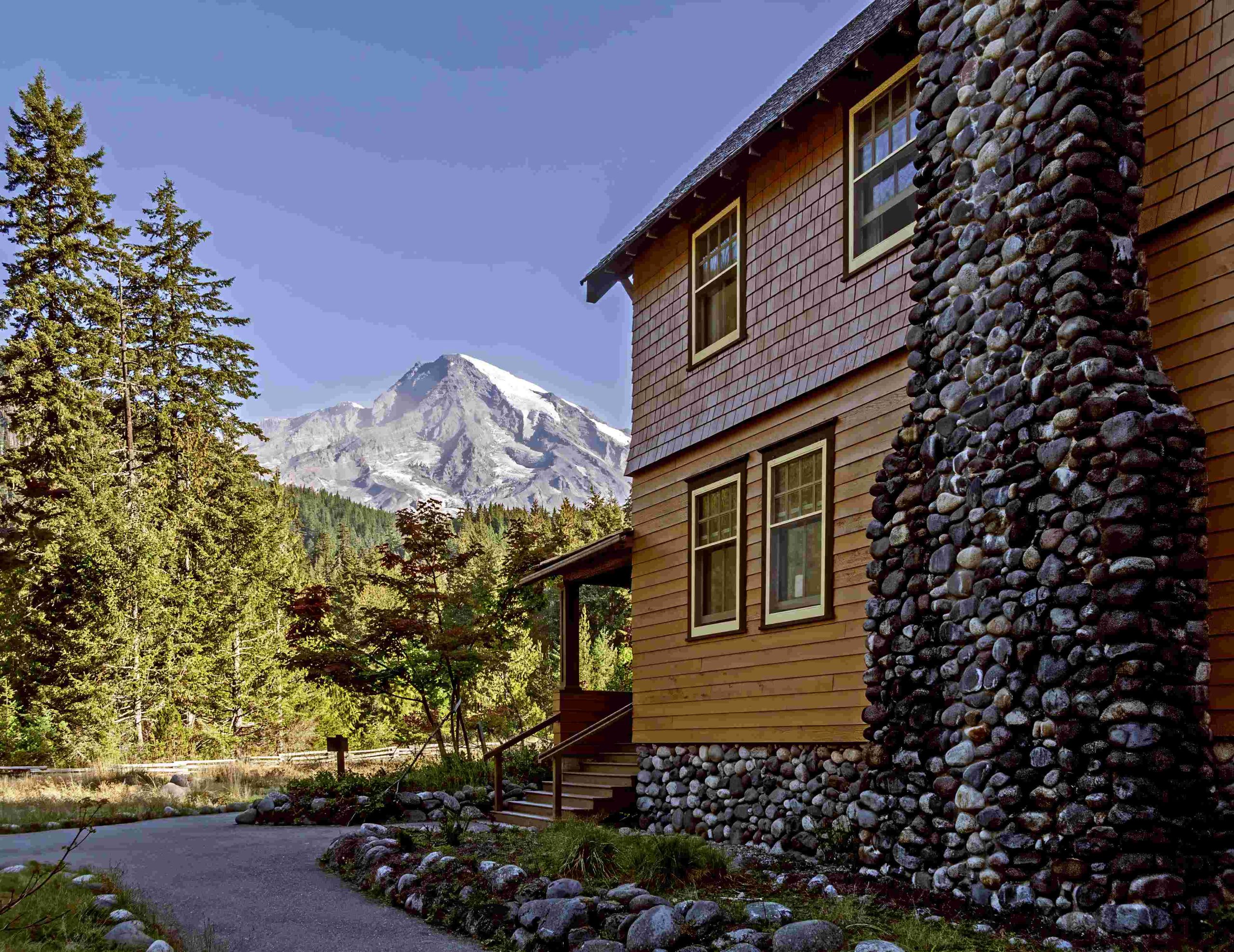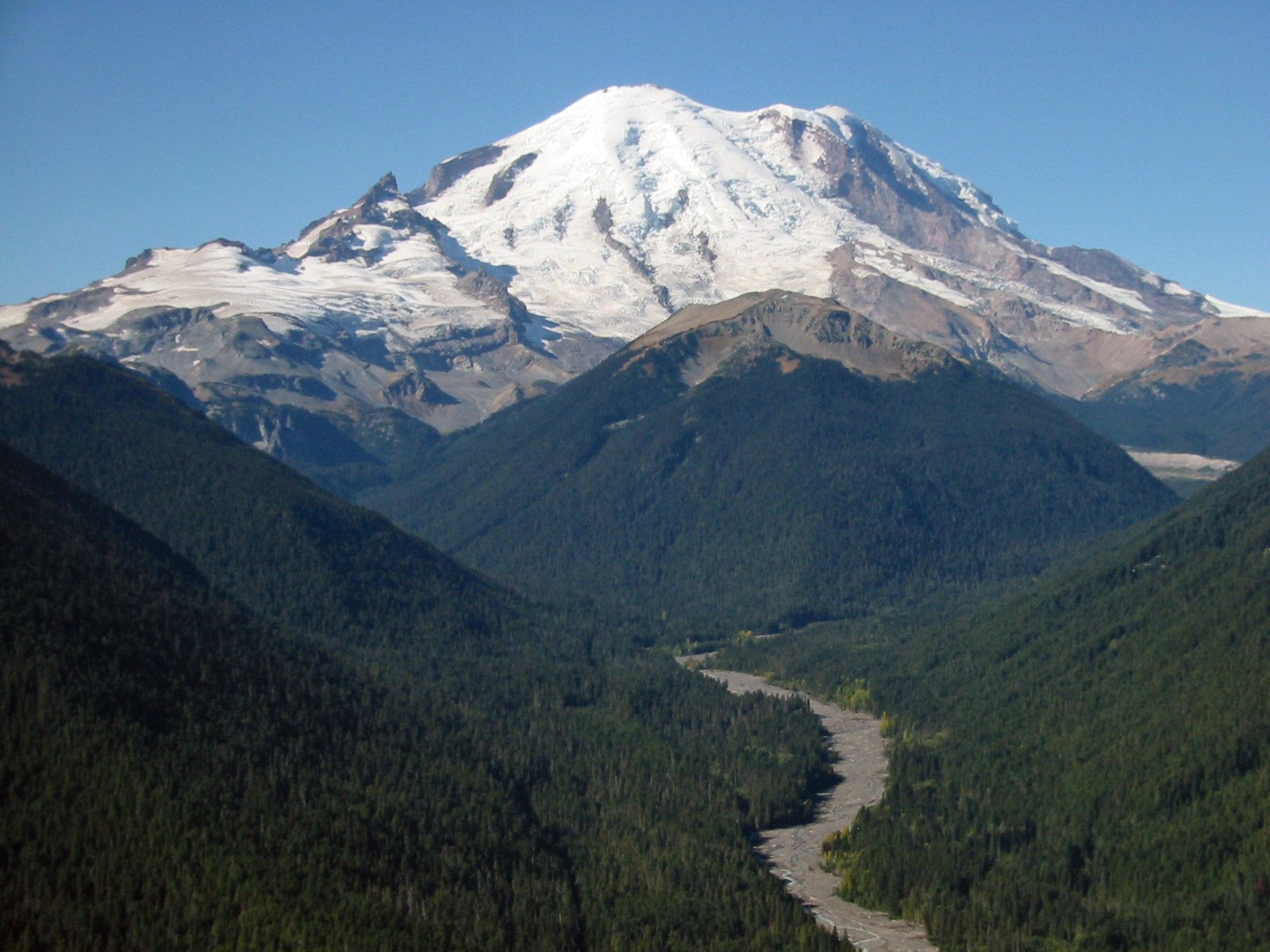Mount Rainier, an iconic peak in Washington State, is renowned for its extensive snowfall and glaciers. The mountain receives an average of 640 inches of snow annually at Paradise, its most visited area. While snow is present year-round at higher elevations, the extent and depth vary significantly with seasons. This article explores the nuances of Mount Rainier’s snow patterns, addressing whether the mountain truly has snow throughout the year.
What Are the Average Snow Depths at Mount Rainier?

Mount Rainier’s snow depths vary dramatically throughout the year and at different elevations:
- Paradise (5,400 feet):
- Winter: Often exceeds 100 inches
- Summer: Can melt completely by late July or August
- Higher Elevations (above 8,000 feet):
- Retain snow year-round
- Depth varies but can be substantial even in summer
The record snowfall at Paradise was 1,122 inches in the 1971-1972 season, showcasing the mountain’s potential for extreme snow accumulation.
How Does Snowfall Vary Seasonally on Mount Rainier?

Mount Rainier experiences distinct seasonal patterns in snowfall:
- Winter (November – March)
- Peak snowfall season
- Accumulation can be rapid and substantial
-
Avalanche risk is highest
-
Spring (April – June)
- Continued snowfall at higher elevations
- Lower elevations begin to melt
-
Snowpack remains significant
-
Summer (July – September)
- Minimal new snowfall
- Rapid melting at lower elevations
-
Persistent snow and ice at higher altitudes
-
Fall (October)
- Snow begins to accumulate again
- Transition period with variable conditions
Does Mount Rainier Have Permanent Snow and Ice?
Yes, Mount Rainier does have permanent snow and ice, primarily in the form of glaciers:
- Glacier Coverage:
- 25 named glaciers
-
Covers approximately 35 square miles
-
Permanent Snowfields:
- Present above 8,000 feet
- Vary in size and depth annually
While lower elevations may become snow-free in late summer, the upper mountain retains its snow and ice cover year-round.
What Factors Influence Snow Persistence on Mount Rainier?
Several factors contribute to the persistence of snow on Mount Rainier:
- Elevation: Higher altitudes retain snow longer due to colder temperatures.
- Aspect: North-facing slopes hold snow longer than south-facing ones.
- Weather Patterns: Pacific storms bring moisture and cooler temperatures.
- Glacier Dynamics: Glaciers create their own microclimates, preserving snow and ice.
How Does Climate Change Affect Mount Rainier’s Snow Cover?
Climate change is impacting Mount Rainier’s snow patterns:
- Glacial Retreat: All of Mount Rainier’s glaciers are shrinking.
- Snow Line Elevation: The permanent snow line is moving higher up the mountain.
- Seasonal Shifts: Earlier spring melts and later fall snow accumulation.
- Precipitation Changes: More rain instead of snow at lower elevations.
These changes have implications for the mountain’s ecology, hydrology, and recreational activities.
What Snow-Related Activities Are Available at Mount Rainier?
Mount Rainier offers a variety of snow-related activities:
| Season | Activities |
|---|---|
| Winter | Skiing, Snowboarding, Snowshoeing |
| Spring | Backcountry Skiing, Snow Camping |
| Summer | Glacier Hiking, Snow Climbing |
| Fall | Early Season Skiing (conditions permitting) |
Visitors should always check current conditions and obtain necessary permits before engaging in these activities.
How Can Visitors Safely Experience Mount Rainier’s Snow?
To safely experience Mount Rainier’s snow:
- Check weather and avalanche forecasts before your visit.
- Bring appropriate gear, including warm layers and traction devices.
- Stay on designated trails and respect closures.
- Be prepared for rapidly changing conditions.
- Inform others of your plans and carry emergency supplies.
Remember, even in summer, snow conditions can be hazardous at higher elevations.
In conclusion, while Mount Rainier does not have continuous snow cover from base to summit year-round, it does maintain permanent snow and ice at higher elevations. The mountain’s snow patterns are complex and dynamic, influenced by seasonal weather, elevation, and changing climate conditions. Whether you’re a winter sports enthusiast or a summer hiker, Mount Rainier offers unique opportunities to experience its snowy landscape throughout the year.
References:
1. https://www.nps.gov/mora/planyourvisit/annual-snowfall-totals.htm
2. https://www.nwrfc.noaa.gov/snow/snowplot.cgi?AFSW1
3. https://home.nps.gov/mora/planyourvisit/weather.htm

